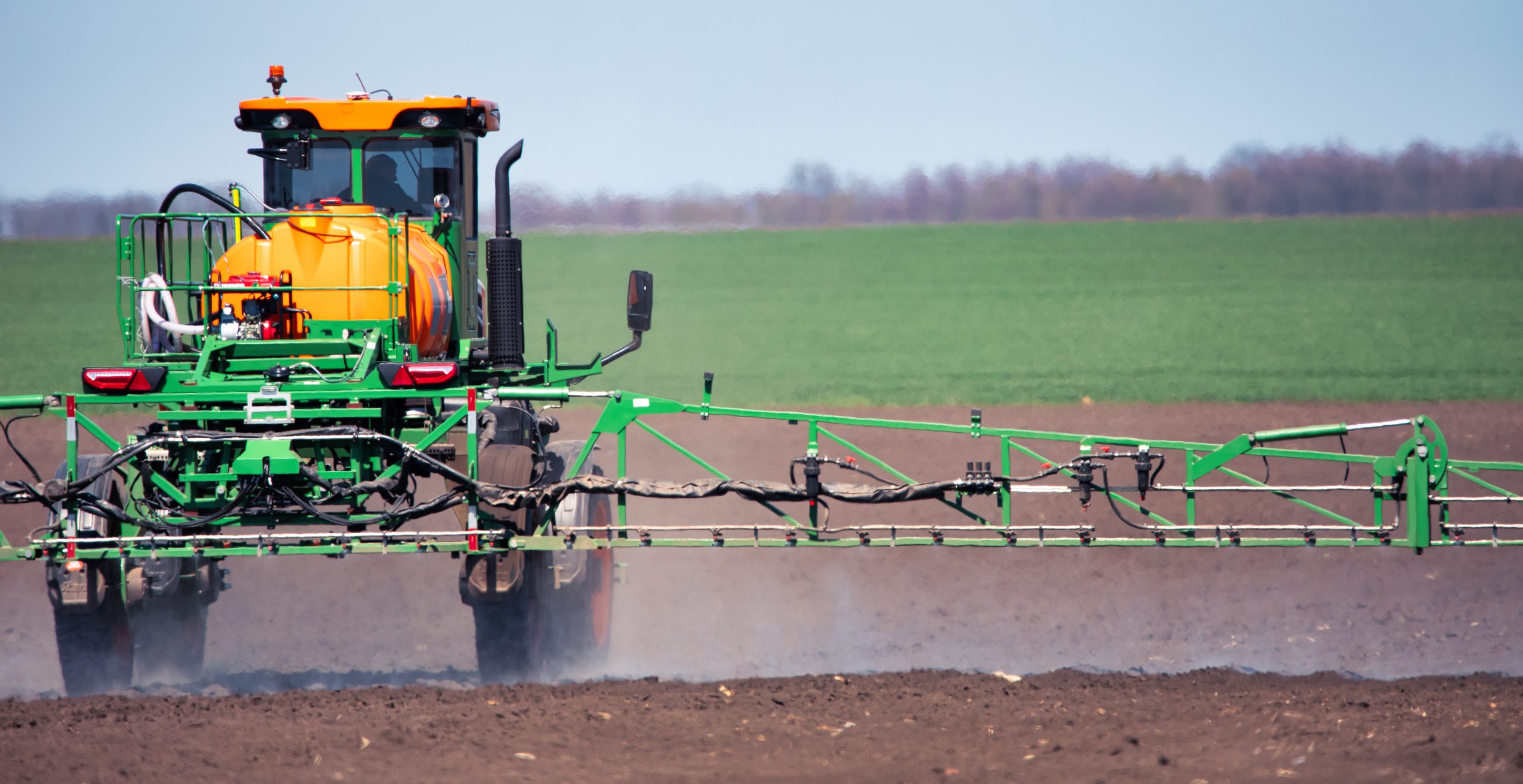Get Easy Health Digest™ in your inbox and don’t miss a thing when you subscribe today. Plus, get the free bonus report, Mother Nature’s Tips, Tricks and Remedies for Cholesterol, Blood Pressure & Blood Sugar as my way of saying welcome to the community!
The other scary cancer-causing foods

Times were once that the worst you worried about finding on your dinner plate might have been a rogue hair from the cook. How times have changed…
Are you giving up meat now that experts are telling you it causes cancer? To be fair, the report by the World Health Organization (WHO) classified processed meat as a carcinogen and red meat as a probable carcinogen, so one may be worse than the other, but who’s keeping score? The “c” word is all it took to shake everybody up.
I’ve heard many people swear off meat in the last few weeks since that announcement. I’m not saying I disagree with them at all. But something else is really puzzling me about people’s reactions to the news…
And it surrounds glyphosate.
Glyphosate is the main active ingredient in Monsanto’s herbicide, RoundUp®. Maybe you’re not spraying the weeds around your house with it, but you can bet that, unless you are diligent about only eating organic produce (canned, frozen or fresh—of these foods especially), glyphosate is making its way into your body where it can do some pretty nasty things.
GMO seeds were designed to make crops in the field better able to survive massive amounts of herbicide. And the custom-made herbicide that goes hand in hand with GMO seeds is glyphosate. GMO foods are doused with it, and it’s been raising alarms all over the world. But in the U.S., bigwigs in the agriculture industry would prefer to keep that under wraps.
This isn’t new news. Environmental warriors have taken to their soapboxes and have been warning us all that the sky is falling for a few years now. But their stories and the research about cancer and other diseases associated with GMOs and glyphosate don’t seem to have sounded the alarm as loudly as the meat announcement.
Try these cold hard facts on for size, rounded up by members of Harvard’s T.H. Chan School’s Department of Nutrition:
1) 17 experts from 11 countries assessed the carcinogenicity of five pesticides including glyphosate at the International Agency for Research on Cancer. A summary of the final evaluations was published in The Lancet Oncology. [1]
- In this report, glyphosate was classified as “probably carcinogenic to humans” (Group 2A) for non-Hodgkin lymphoma, indicating there was limited evidence of carcinogenicity in humans and sufficient evidence of carcinogenicity in animals. Specifically, increased risk of non-Hodgkin lymphoma was consistent across case-control studies of occupational exposure in the USA, Canada, and Sweden. However, no evidence of increased risk of non-Hodgkin lymphoma was observed in the large Agricultural Health Study cohort (AHS).
- The evidence of other cancer sites (skin tumors, renal tubule carcinoma, haemangiosarcoma, and pancreatic islet-cell adenoma) was limited to animal studies.
- Evidence suggested the potential mechanisms for cancer were primarily through two pathways: First, the chemicals damaged DNA, which caused mutations or alterations in their gene codes. Second, glyphosate could induce oxidative stress. Oxidative stress happens when highly reactive chemicals overwhelm the capacity of cells to deactivate them.
2) An experimental study published in Environmental Health [2] showed that chronic exposure to an ultra-low dose of glyphosate resulted in liver and kidney damage in rats.
- In this study, researchers administered 2-year minute doses (0.1ppb) of Roundup via drinking water, which was representative of what could be found in contaminated tap water.
- First, the authors observed the signs of pathological and biochemical changes in the liver and kidneys of the exposed rats.
- Then, they analyzed the changes in gene expression of these organs. Compared to the control group, more than 4000 gene transcript clusters in the liver and kidneys showed alterations in the exposed rats.
- The findings demonstrated that chronic exposure to glyphosate at an environmental level resulted in liver and kidney damage in an animal toxicity model, which may potentially have health implications for both animal and human populations.
In addition to avoiding GMO foods, you might consider specific natural therapies that protect against abnormal cellular formation that you can read about here, at the end of this post by Dr. Isaac Eliaz.
Whether it’s meat, fruits or vegetables, it’s a sad shame you have to be overly cautious about the food you put into your body. But it’s the world we live in. If you want to live in it longer, watch what you eat.
[1] 1) Guyton KZ, Loomis D, Grosse Y, et al. (2015) Carcinogenicity of tetrachlorvinphos, parathion, malathion, diazinon, and glyphosate. The Lancet Oncology 16(5): 490-1.
[2] Mesnage R, Arno M, Costanzo M, et al. (2015) Transcriptome profile analysis reflects rat liver and kidney damage following chronic ultra-low dose Roundup exposure. Environmental Health 14(1): 70.












